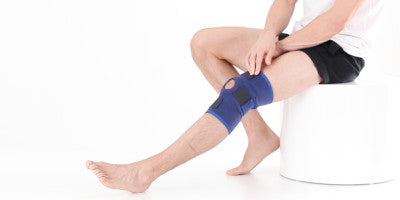Ankle Injury Guide
|
|
||||
|---|---|---|---|---|---|
|
Pain
|
Swelling
|
Stiffness
|
Weakness
|
Instability
|
|
 |
 |
 |
 |
 |
Inversion Ligament Sprains |
 |
 |
 |
 |
|
Ankle Fractures |
 |
 |
 |
 |
 |
High Ankle Sprains (Syndesmosis Injury) |
Inversion Ligament Sprains
What are Inversion Ligament Sprains? Sprained ankles are the most common ankle injury sustained during sport Fong et al 2007). The lateral ligament complex is made up of 3 ligaments which can be torn or ruptured when you forcibly roll over (invert) on your ankle. When this occurs the ankle will be extremely painful, you may not be able to walk on it and it will become very swollen.
Read more →Ankle Fractures
What are Ankle Fractures? Fractures of the ankle can be classified in different ways depending on where you break the ankle and how badly. The severity of the fracture will determine how you are managed by an orthopaedic surgeon. Simple, non displaced fractures of the fibula (bone on the outside of the ankle) can be treated in a plaster of paris (POP) for between 4-6 weeks and then it will be removed and you can start exercising.
Read more →High Ankle Sprains (Syndesmosis Injury)
What are High Ankle Sprains (Syndesmosis Injury)? A high ankle sprain (syndesmosis injury) is where there is a sprain or rupture of the ligaments that hold the 2 bones that form the lower leg, together (the tibia and fibula). This type of injury can be caused by the foot being forced upwards (dorsiflexed) or by a severe inversion injury.
Read more →









